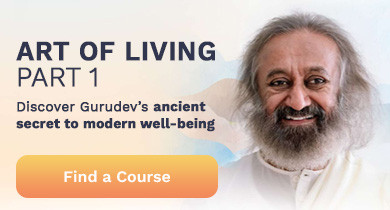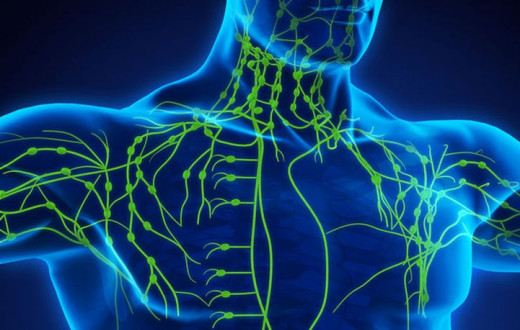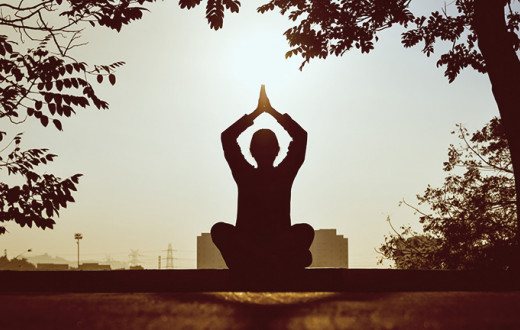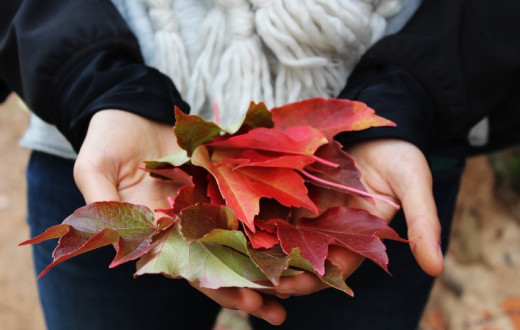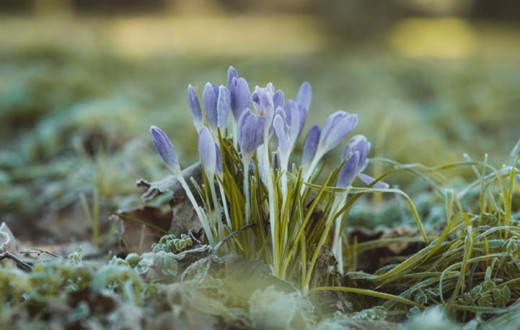By Anuradha Gupta | Updated : November 23, 2020
You don’t have to give up your Ayurvedic lifestyle over the holidays! Here’s how to have a healthy and nourishing Thanksgiving.
Thanksgiving is a holiday celebrating togetherness and appreciating the blessings of the harvest and abundance in our lives. How can Ayurveda, the ancient Indian system of health and wellness, support you to have a good Holiday experience?
Thanksgiving for every dosha
What does this holiday mean for each of the different doshas? Gratitude is grounding for Vata, soothing for Pitta, and nourishing for Kapha. Gratitude, love, and belongingness are Sattvik, and that is exactly the quality we want to favor during Thanksgiving (as opposed to the Tamas that comes from a food coma! Be mindful but don’t fall into a guilt trap if you’re a foodie!) Celebrating community and pitching in where you can reduces stress and fosters togetherness. Good chores to assign visitors are creative, fun ones for Vata, organizing for Pitta, and nurturing others for Kapha.
Diet (Aahar)
The Ayurvedic definition of “diet” includes breath, perceptions, food, and drink. Let’s start with the first two; this takes the form of managing the stress of hosting or visiting people. Take time for yourself with breathwork and meditation, which will also help you eat mindfully. When you de-stress, you can go with the flow and are more accepting and flexible when others don’t adhere to what you consider to be ‘healthy’. Ayurveda believes a meal served with love and eaten with gratitude is digested better than the healthiest meal served and eaten in stress.
Since Fall and early Winter are Vata seasons, follow the Ritucharya (seasonal regimen) diet and lifestyle tips suggested here. If you’re traveling to be with the company, manage Vata with these tips.
Agni management
Try to feast during lunch-time when your Agni (digestive/metabolic fire) is strong. If your main meal is in the evening, wait 2-3 hours to fall asleep after you’ve eaten. Don’t snack for 3-4 hours before your feast. Try this digestive tonic half hour before your meal: ½ -1 spoon Ginger Swarasa (fresh ginger juice, with honey, lime, and/or Himalayan salt to taste) or CCF tea if that doesn’t suit you. You can have Triphala with warm water at bedtime, and on Wednesday and Black Friday, eat light!
Diet tips
Fall Vata Meal
The Thanksgiving meal is structured well for Vata management; your menu can include pacifying warm, cooked, unctuous, and substantive seasonal foods, soups, stews, gravies, sauces, and creamy desserts; favoring sweet, sour, and salty tastes. Nuts, seeds, ghee, or oil are good additives.
Incorporate Six tastes (Shadrasa) for a balanced meal and dishes for all Doshas
While the main course favors Vata, incorporate other tastes into side dishes and to cater to other Doshas. Build-in pungent tastes with a spicy chutney, or add garlic, onions, and spices like cinnamon and pepper. For bitters and astringent tastes, add a green dish with kale and collard greens, spiced with turmeric. Ayurveda doesn’t require you to be a vegetarian, so turkey or vegetarian turkey substitutes are both suitable, depending on your lifestyle. Turkey and stuffing are great for Vata, white meats are better for Pitta and Kapha; sweet potatoes and root vegetables are good for Vata and Pitta, and Kaphas can have beans, greens, and cranberry sauce. Kaphas should go easy on the main course and dessert, and Pittas can avoid pungent, salty, sour, and fried foods.
Organic, local, seasonal, non-processed, fresh food prepared with love is ideal if possible. Brussels sprouts, steamed asparagus, stuffing with herbs and veggies, corn, baked yams or potatoes, squashes, beans with slivered almonds, cranberry sauce, quinoa, pulao, peas, and paneer… plan on a creative (and convenient) menu. Fruit can be an appetizer or dessert. Fresh pumpkin or apple-pecan pie (made without refined sugar) with fresh whipped cream is delicious, but be careful to watch portion sizes. Here are some Ayurvedic Thanksgiving recipes!
A feast for the senses
Make your feast festive and decorative; food that appeals to the senses gives a feeling of satiety.
Warm beverages
Have hot spiced apple cider (recipe linked above) or ginger, cardamom tea or CCF tea instead of cold beverages – If everyone is having chilled beverages, chill, and have yours at room temperature. Better still, make a batch of either to share!
Get moving in those yoga pants!
Yoga pants do ensure you don’t feel uncomfortable when you overeat! This time around, use them for what they’re meant to be used for! A regular morning gratitude yoga routine by yourself or with your family will help you relax, and feel fit, connected, and happy! After the big feast, Vajrasana (thunderbolt pose) to prevent bloating and a post-meal nature walk together are ideal! Avoid daytime sleep but resting for some time on your left side after lunch (Vamakukshi) is fine.
The objective of Ayurveda is that we live life to its highest potential. Research has shown that we can rewire our brains to be happier by listing 3 things we are grateful for over 21 days; what better time than now to start this practice! Thank the special people in our lives and spread the joy.
Another way you can have the best Thanksgiving ever is to take a little time to sign up for Beyond Breath, a free breath and meditation online session with a live instructor. You will learn a powerful breathwork tool and experience a guided meditation. Every Thanksgiving is better when you are calm and relaxed!
Happy Thanksgiving!
Anuradha Gupta is an Engineer, MBA and Ayurvedic Wellness Counselor. She has a corporate background and volunteers for Art of Living and other nonprofits. You can find her on Facebook or on LinkedIn.
